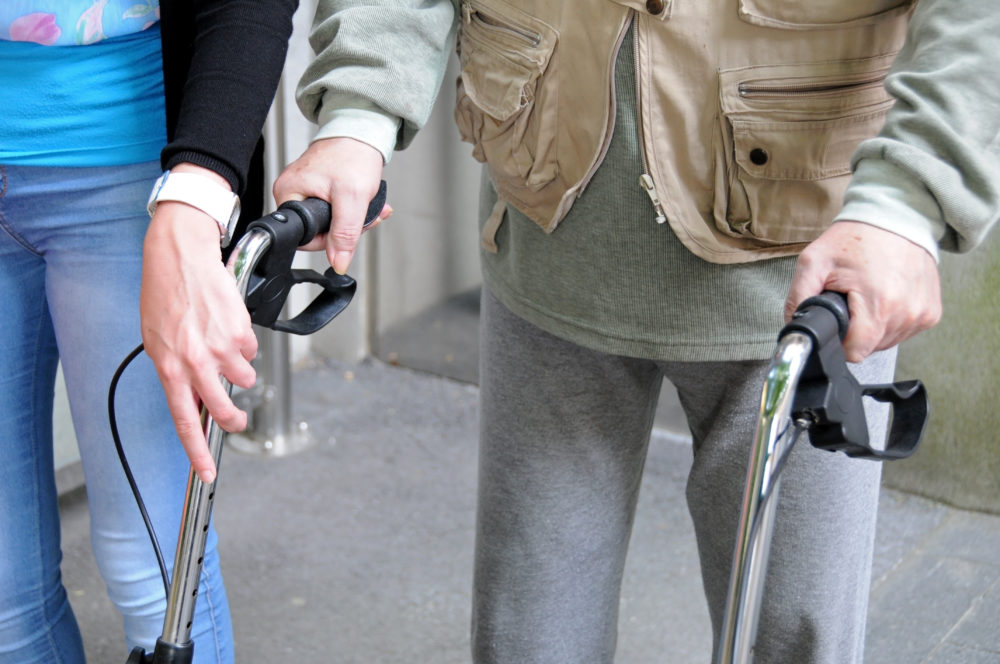Nursing Homes Understaffing is a Bigger Problem Than Previously Believed: Report

Many nursing homes nationwide provide information to federal officials that overstate staffing levels, according to a recent report, which indicates that facilities are not taking into account drastic drops in staffing levels on weekend.
According to a New York Times report published late last week, Medicare daily payroll data analyzed by Kaiser Health News shows that on days where some nursing homes are poorly staffed, aids and nurses have to take care of twice as many residents as they do on days when they are fully staffed. However, those numbers are not reported as part of their staffing levels.
Past studies and data have shown that residents are more likely to receive poor care when facilities are understaffed. They are more prone to suffer nursing home neglect, as well as falls and fractures and other injuries when staff at a facility are stretched thin.

Did You Know?
Millions of Philips CPAP Machines Recalled
Philips DreamStation, CPAP and BiPAP machines sold in recent years may pose a risk of cancer, lung damage and other injuries.
Learn MoreThe findings suggest that there are inaccuracies in Center for Medicare and Medicaid Services (CMS) rating system for nursing homes because of how staffing is reported.
CMS began using daily payroll data to assess staffing levels in April. But the dips in staffing are not reflected in the nursing home care ratings, the Times reports.
According to the findings, a quarter of all nursing homes reported having at least one day during the last three months of 2017 when there were no registered nurses working. The report also noted that while not reflected adequately in the ratings, the daily payroll reporting method revealed that 70% of nursing homes had lower staffing levels than previously reported, averaging about 12 percent less staffing.
In November 2016, a report by the Government Accountability Office (GAO) warned that the CMS Nursing Home Compare rating system needed improvements to be more useful to families.
The GAO report included four major recommendations. It called for CMS to make the website more user-friendly; to make the rating system comparable on a national level, instead of just a state level; to add customer satisfaction information; and better, and prominently, explain how the ratings are calculated, how each different component is weighted, and how they compare nationally.
The Department of Health and Human Services, which oversees CMS, agreed with all of the recommendations, except the one which called for the ratings to compare at the national level, instead of at the state level, saying that it was currently not feasible.
The GAO also found problems with how CMS updates its Nursing Home Compare website, including how to prioritize recommended changes and assessing the effectiveness of its improvements. The report indicated that CMS used a “fragmented” approach, which worked well early on, but has become more difficult as the website became more complex.
Get more articles like this sent directly to your inbox.
"*" indicates required fields




0 Comments